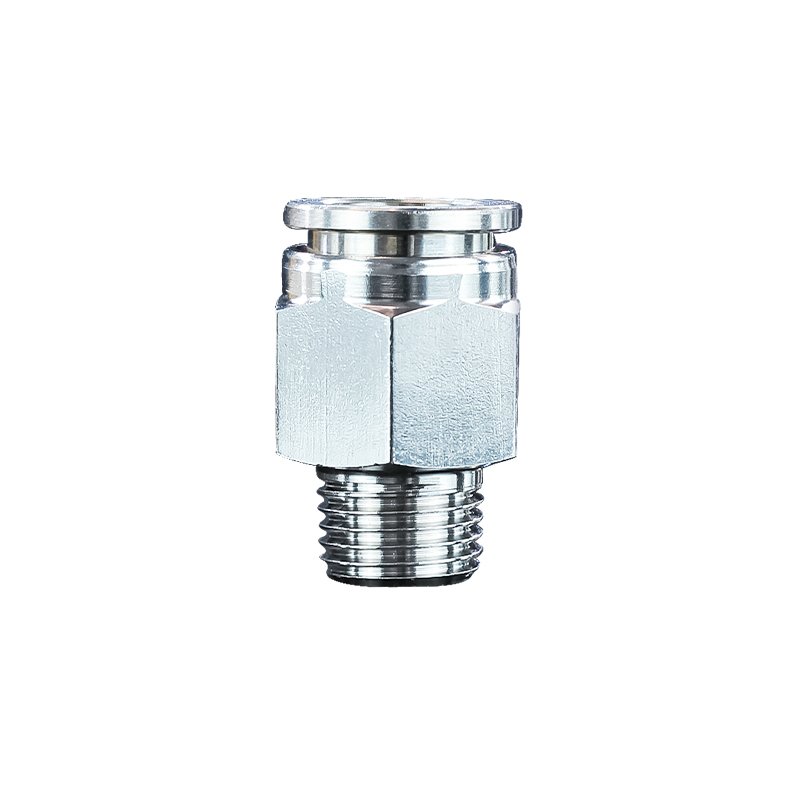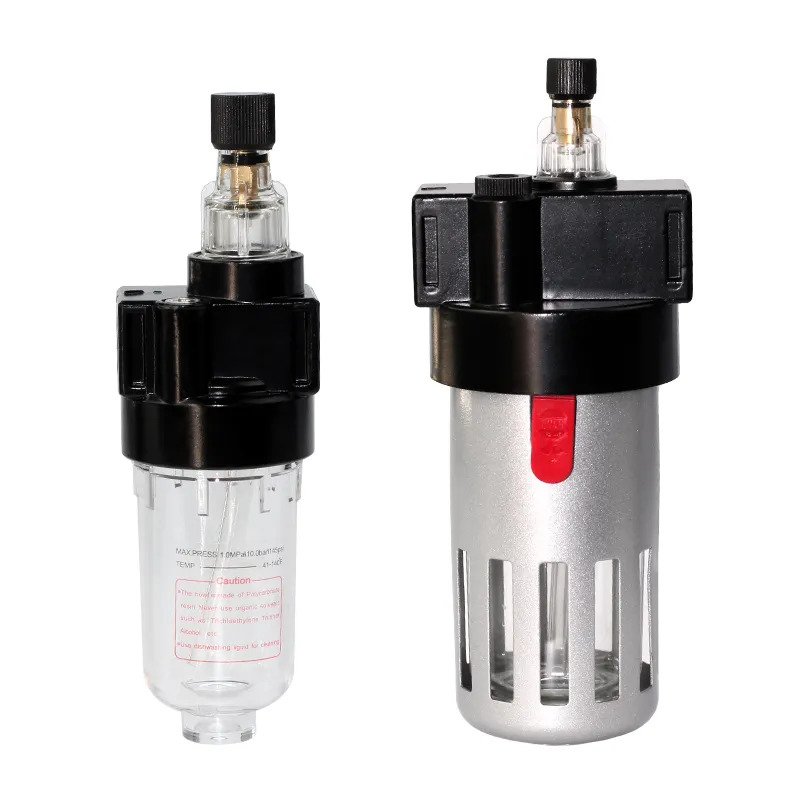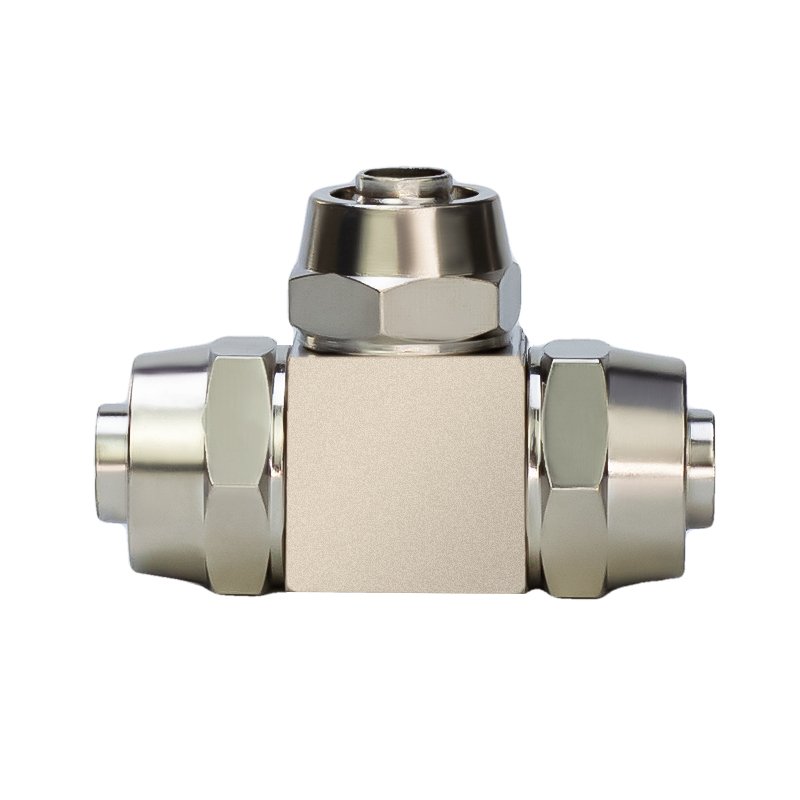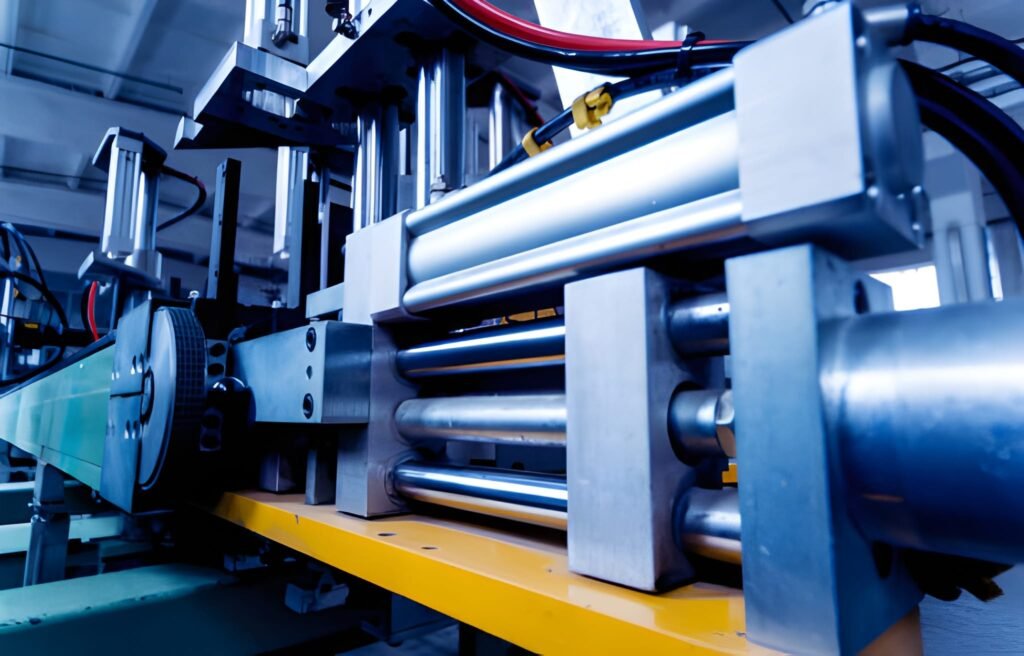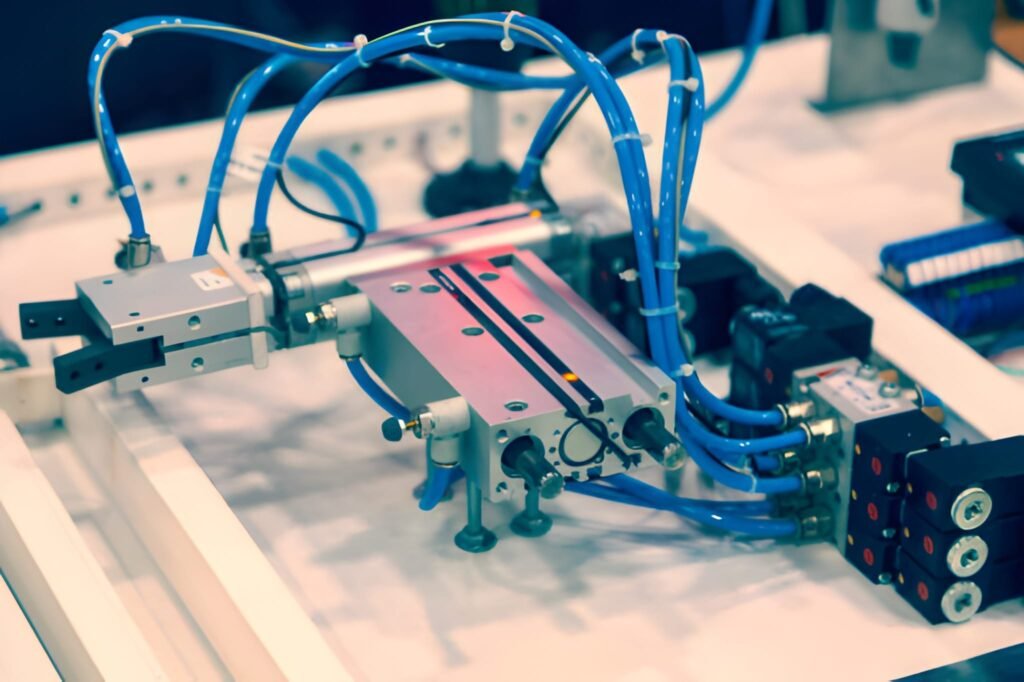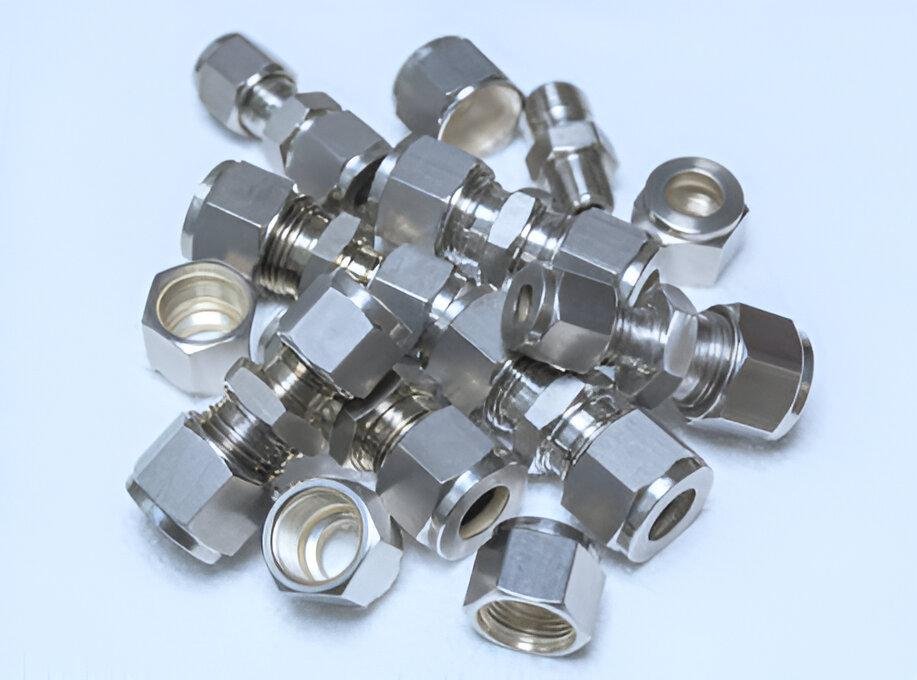Double rod cylinder are essential components in many industrial applications, especially in pneumatic and hydraulic systems. Their unique design offers balanced force output and precise controlled motion, making them invaluable for tasks requiring accuracy and stability. Whether you’re working in automation, robotics, or heavy machinery, understanding the different types of double rod cylinders can help you choose the most suitable one for your needs.
This blog will explore the major types of double rod cylinders, compare their differences, discuss applications, and provide tips on selection. If you’re looking for reliable double rod cylinders for your business, read on and discover how to make the best choice.
What Is a Double Rod Cylinder?
What Is a Double Rod Cylinder? At its core, a double rod cylinders features a piston with rods extending from both ends of the cylinders barrel. This design allows for symmetrical pushing and pulling forces, providing equal speed and force in both directions—something a single rod cylinder cannot offer.
Key Features
- Two piston rods extend from both ends
- Double-acting operation (push and pull)
- Balanced motion and force distribution
Comparison Table: Double Rod vs. Single Rod Cylinders
| Feature | Double Rod Cylinder | Single Rod Cylinder |
|---|---|---|
| Piston Rods | Two (opposite sides) | One |
| Force Balance | Balanced in both directions | Unbalanced |
| Speed Symmetry | Equal | Unequal |
| Wear and Tear | Less uneven wear | Rod side more worn |
| Typical Use | Precision, balanced loads | Simple push or pull tasks |
This clear balance makes double rod cylinders ideal for precise automated systems and applications requiring symmetrical force, ensuring longer service life and consistent output.
The Main Types of Double Rod Cylinder
There are several types of double rod cylinders to consider, each with unique features suited for various industrial needs. Let’s walk through the key types.
| Type | Description | Advantages | Typical Applications |
|---|---|---|---|
| Standard Double Rod Cylinder | Basic design with rods at both ends, robust and versatile | Reliable, widely used, good for general use | General machinery, conveyors |
| Compact Double Rod Cylinder | Smaller, space-saving design | Fits tight spaces, lightweight | Robotics, small automation equipment |
| Double Piston Rod Cylinder | Enhanced rods and piston for higher loads | Increased force capacity, durability | Heavy machinery, presses |
| Customized Double Rod Cylinder | Tailored dimensions, materials, and seals | Meets special requirements, corrosion resistance | Specialized industrial processes |
Compact Type Example
Compact cylinders maintain the benefits of double rod design but minimize the overall size, perfect for robotic arms or assembly machines where space is at a premium.
Differences Between Double Rod Cylinders Types
Understanding the distinctions between these types helps in choosing the right solution.
| Criteria | Standard Type | Compact Type | Double Piston Rod Type | Customized Type |
|---|---|---|---|---|
| Size | Medium to large | Small and lightweight | Larger, heavy-duty | Varies per requirements |
| Load Capacity | Moderate | Moderate to low | High | Customized for specific load |
| Installation | Easier, standard mountings | Limited space, special mounts | Heavy, may require reinforced mounts | Flexible installation options |
| Cost | Most economical | Moderate | Higher due to material & design | Highest due to custom specs |
| Durability | Robust, long-lasting | Moderate | Very durable under heavy load | Material-dependent |
Double rod cylinders excel in tasks that need balanced motions and equal force push-pull cycles. For unbalanced or one-directional loads, other cylinder types might be more cost-effective.
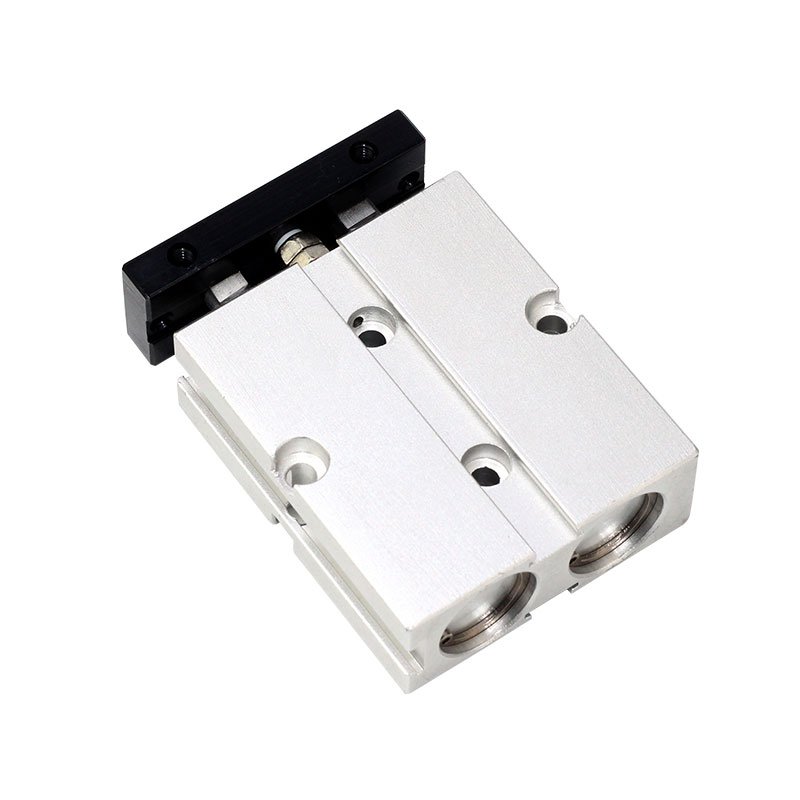
Upgrade your machinery with reliable Double Rod Cylinders.
Applications
TN Series Double Rod Cylinder are widely used in various fields:
Automation and Robotics: For precise positioning with symmetrical push-pull motions.
Material Handling: Balancing forces to transport and lift loads smoothly.
Heavy Equipment: High load capacity and stability for presses and construction machinery.
Manufacturing Lines: Repeated, fast, precise linear movements.
They fit especially well where space constraints and reliability are key. If you want to optimize your equipment’s efficiency, choosing the right double rod cylinders is crucial—contact us to discuss your application needs!
Choosing the Right Double Rod Cylinder
Here are some factors to consider when selecting the best double rod cylinder for your project:
- Load and Force Requirements
Calculate the push and pull forces needed. Double piston rod types suit higher loads. - Stroke Length
Determine the travel distance needed for the piston. - Space Constraints
Compact double rod cylinders fit tight spaces. - Installation
Consider mounting options and ease of maintenance. - Operating Environment
Custom models can include special seals or corrosion resistance for harsh environments.
Selection Tips Table
| Factor | Suggestion |
|---|---|
| Load < 500 N | Standard or compact type |
| Load > 500 N | Double piston rod or custom type |
| Space-limited | Compact double rod cylinder |
| Harsh environment | Customized materials & seals |
Feel free to reach out for expert advice on choosing the perfect double rod cylinder to improve your production line’s performance.
Double rod cylinders offer exceptional balanced force and precise control, perfect for demanding industrial applications. Whether you need a standard model, a compact design for tight spaces, or a heavy-duty double piston rod cylinder, your choice will influence your equipment’s efficiency and lifespan.
The future of TN Series Double Rod Cylinders is bright with advancements in material technology and smart sensors. For B2B customers looking for reliable pneumatic actuators, double rod cylinders are an excellent investment.
Ready to enhance your machinery with top-quality double rod cylinders? Don’t hesitate to reach out and get a customized solution that fits your needs!
FAQ
Two rods balance the forces on both ends, providing equal speed and force. This reduces wear and improves precision.
Generally, yes. They require more material and complex design but offer better performance and durability.
Regular inspection of seals, rods, and cylinder barrel for leaks or wear. Proper lubrication extends life.
Absolutely. Materials, dimensions, and seals can be customized to suit specific industrial environments.

